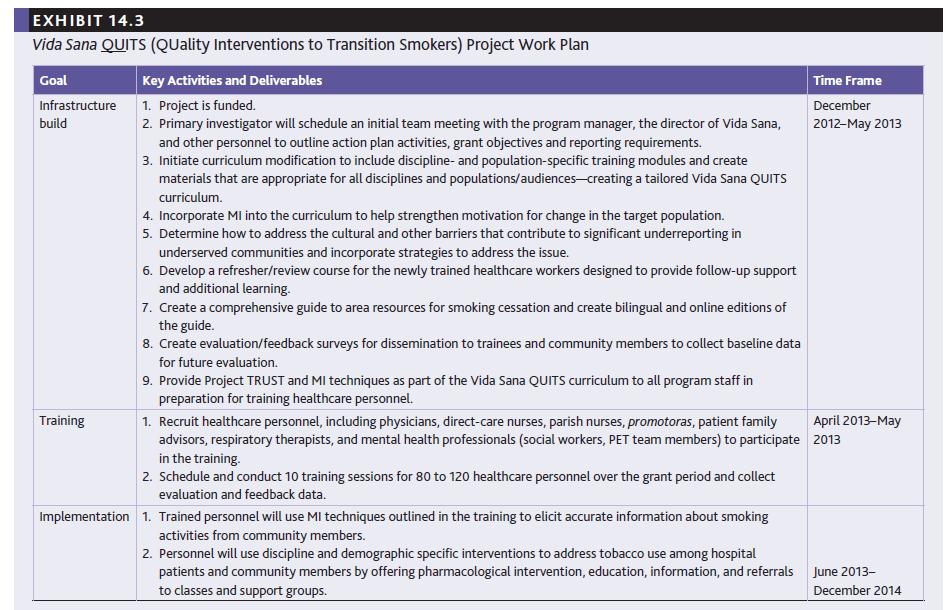Question:
The health ministry in your faith community provides ongoing health-promotion and disease-prevention outreach to congregants within the context of their faith tradition, and to the community. As the director of health ministry, you are a DNP with many years of experience in acute care, faith community nursing, and community health.
The DNP also participates in a regional health ministry organization that often collaborates on projects. The other faith community nurses feel there is not enough being done to prevent bacterial pneumonia, and the mortality associated with pneumonia and influenza, and want to pursue a grant to provide vaccinations in each of their faith communities.
The DNP educational program instilled rigor for EBP, so the DNP knows more than a “feeling” is required before embarking on a journey to address influenza and pneumonia prevention using EBP with the goal of reducing mortality.
a. Which of the four spheres of care (Essentials; AACN , 2021) play a role in utilizing the DNP’s skills to advance this project?
b. What databases or resources would the DNP need to investigate to validate the incidence and prevalence of bacterial pneumonia in the local community?
c. What type(s) of grantors should be considered for this project?
d. Using Exhibit 14.3 as an example, what project planning tactics would the DNP need to apply?
e. What would the DNP need to include in the budget for this annual multiorganization project?
f. What considerations need to be accounted for when operating vaccination clinics in the community?

Transcribed Image Text:
EXHIBIT 14.3 Vida Sana QUITS (QUality Interventions to Transition Smokers) Project Work Plan Goal Infrastructure build Training Key Activities and Deliverables 1. Project is funded. 2. Primary investigator will schedule an initial team meeting with the program manager, the director of Vida Sana, and other personnel to outline action plan activities, grant objectives and reporting requirements. 3. Initiate curriculum modification to include discipline- and population-specific training modules and create materials that are appropriate for all disciplines and populations/audiences-creating a tailored Vida Sana QUITS curriculum. 4. Incorporate MI into the curriculum to help strengthen motivation for change in the target population. 5. Determine how to address the cultural and other barriers that contribute to significant underreporting in underserved communities and incorporate strategies to address the issue. 6. Develop a refresher/review course for the newly trained healthcare workers designed to provide follow-up support and additional learning. 7. Create a comprehensive guide to area resources for smoking cessation and create bilingual and online editions of the guide. 8. Create evaluation/feedback surveys for dissemination to trainees and community members to collect baseline data for future evaluation. 9. Provide Project TRUST and MI techniques as part of the Vida Sana QUITS curriculum to all program staff in preparation for training healthcare personnel. 1. Recruit healthcare personnel, including physicians, direct-care nurses, parish nurses, promotoras, patient family advisors, respiratory therapists, and mental health professionals (social workers, PET team members) to participate in the training. 2. Schedule and conduct 10 training sessions for 80 to 120 healthcare personnel over the grant period and collect evaluation and feedback data. Implementation 1. Trained personnel will use MI techniques outlined in the training to elicit accurate information about smoking activities from community members. 2. Personnel will use discipline and demographic specific interventions to address tobacco use among hospital patients and community members by offering pharmacological intervention, education, information, and referrals to classes and support groups. Time Frame December 2012-May 2013 April 2013-May 2013 June 2013- December 2014








